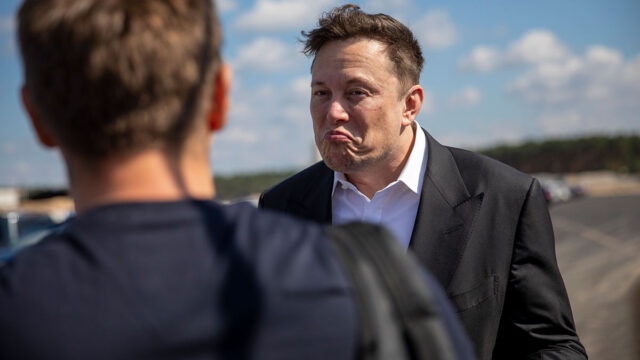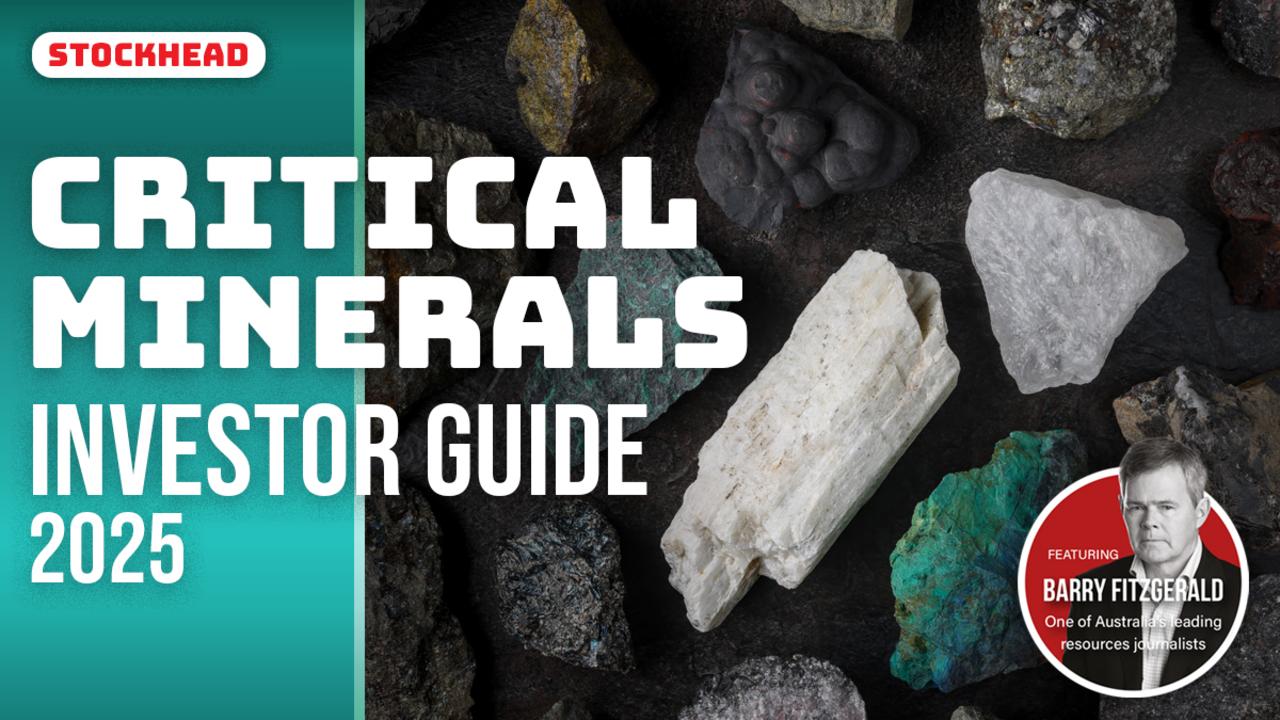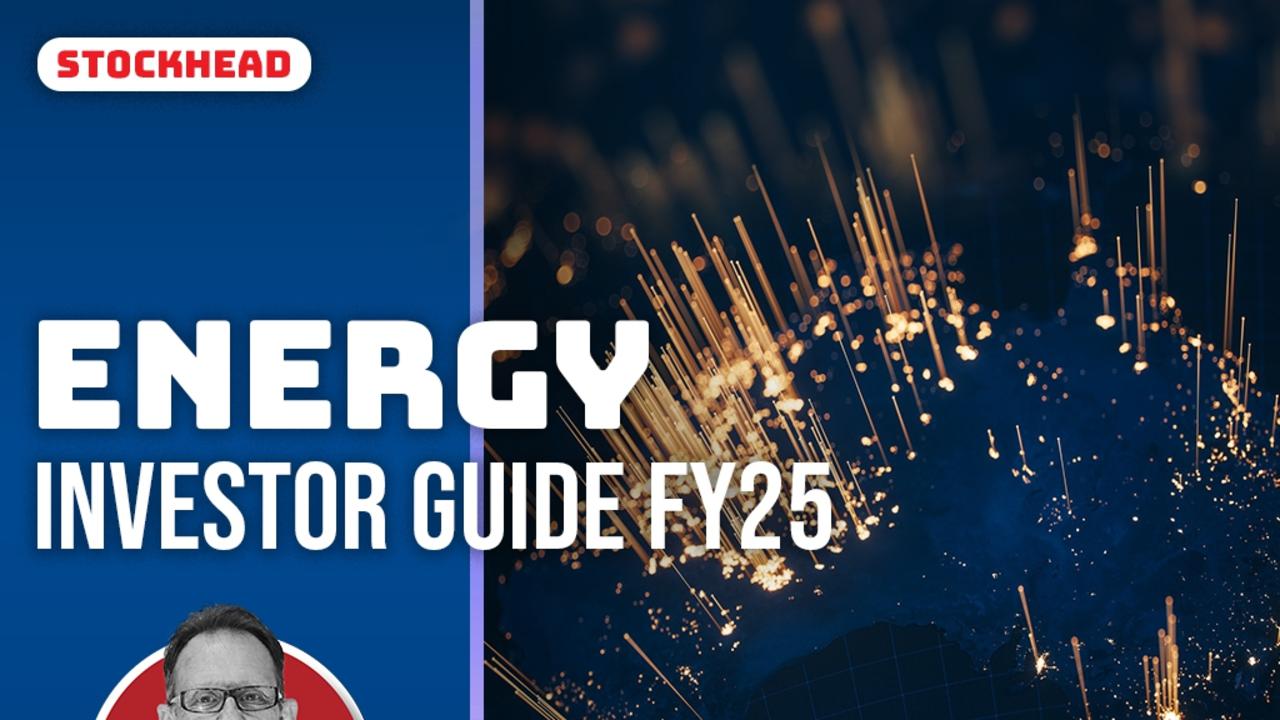‘Virtually unnoticed’: Tesla’s plan to cut rare earths from EVs to have minimal impact on demand
ASX stock Lynas took a belting when Tesla said it would cut rare earths magnets from its EVs – but investors needn’t have worried, says Adamas Intelligence.

Tesla’s plan to remove rare earths (REEs) from future electric vehicle motors sent a shockwave through listed stocks, but the impact on future rare earths demand has been “overblown”, experts say.
The warning comes after ASX stock Lynas (ASX:LYC) took a belting on the Tesla news.
Neodymium and praseodymium (NdPr) are two REEs used in permanent magnets for electric vehicles and wind turbines, markets that are expected to drive a more than doubling in demand by 2030.
For the latest mining news, sign up here for free Stockhead daily newsletters
In an otherwise dull set of Investor Day presentations last week, VP of powertrain engineering Colin Campbell said Tesla – which didn’t use REEs in some models before the Model 3 – would return to that with the next generation of vehicles.
Tesla powertrains already use 25 per cent less heavy rare earths (currently around 520g a car) than when the company started, he said.
Our vehicles & factories are designed for hardcore efficiency—enabling our customers to go further while reducing raw material needs & manufacturing costs pic.twitter.com/4Pw0WckUTW
— Tesla (@Tesla) March 1, 2023
Markets reacted badly to the news. Shares in Lyna, the world’s largest ex-China REE producer, dropped some 11 per cent when the ASX opened Friday.
“If we want to make EVs more accessible to people, they have to be cheaper,” Campbell said.
“We have reduced the drive unit cost to about $US1000, and we don’t think any other automaker is even close to that number.”
As the world transitions to clean energy the demand for rare earth is increasing dramatically, Campbell says.
According to Lynas, 7000t of NdPr oxide is needed in the manufacture of 10m EVs, and 5000t for the same number of hybrids.
Another 3000t is used in the production of 10GW of wind turbine capacity.
MORE FROM STOCKHEAD: 12 cheap uranium stocks to watch | Why analysts are eyeing rutile miner | Banks expect iron ore market to chill
Both these sectors are scaling quickly, and that will lead to supply risks for automakers and other end users. (Lynas – as the largest ex-China miner – produced ~2500t NdPr in the last half.)
“Not only is it going to be hard to meet that demand, but mining those rare earths, it has environmental and health risks,” Tesla’s Campbell says.
“We have designed out next drive unit motor to not use any rare earth materials at all.”
Impact ‘largely overblown’: Adamas
The media and market reaction to the news has been largely overblown, speaking to a broad misunderstanding of the neodymium magnet (NdFeB) market’s supply and demand fundamentals, says Adamas Intelligence.
While Tesla did not stat it during Investor Day, Adamas said the likely candidate replacing NdFeB in Tesla’s next generation motor design was ferrite magnets.
“It’s a proven concept,” it said.
Visit Stockhead, where ASX small caps are big deals
“General Motors’ second generation Voltec powertrain used in the 2016 Chevy Volt had a ferrite-driven PMSM alongside an NdFeB-powered PMSM.
“More recently, Proterial (formerly Hitachi Metals) unveiled its own EV motor designs using ferrite magnets.”
But these magnets had downsides, Adamas said.
While ferrite-powered PMSM could match or exceed the performance of an NdFeB-powered alternative across one or more parameters, this performance came with a significant weight or efficiency penalty that had historically made the switch unattractive.
Even if Tesla cracks code, market impact will be small
The global NdFeB market stands to lose a mere 2 per cent to 3 per cent of demand in the near-term, and maximum 3 per cent to 4 per cent over the long-term (assuming Tesla maintains its EV market leadership) if the company commercialises this non-REE powertrain across its entire range.
“In 2022, Adamas Intelligence data indicates that passenger EV traction motors were responsible for 12 per cent of global NdFeB magnet consumption,” Adamas said.
“Of this 12 per cent, Tesla was responsible for 15 per cent to 20 per cent, making its overall contribution to global NdFeB magnet demand (excluding micromotors, sensors and speakers) just 2 per cent to 3 per cent.
“Looking forward to 2035, Adamas forecasts that global demand for NdFeB magnets will triple, while global production will only double, constrained by long lead times to bring online new rare earth oxide production.
“In relation to the magnitude of the expected supply gap, a 3 per cent to 4 per cent drop in demand by 2035 would go virtually unnoticed.”
This content first appeared on stockhead.com.au
SUBSCRIBE
Get the latest Stockhead news delivered free to your inbox. Click here


